Open. Inspiring. Meaningful. Open House in Tel Aviv through the Eyes of the Co-Organizer Aviva Levinson
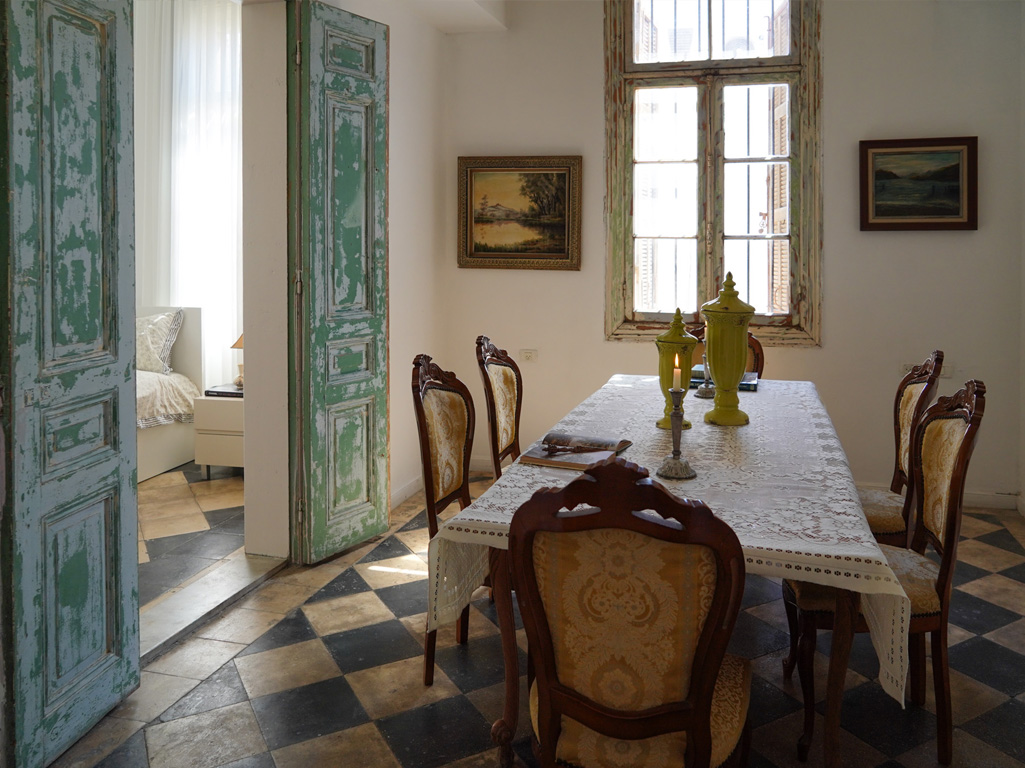
On the eve of the annual Open House festival in Tel Aviv, we sat down with one of the organizers – Aviva Levinson – to hear about how the project started, what it’s all about, and what interesting places and stories are waiting for us this year.
Open House in Tel Aviv, Israel
Aviva Levinson, Manager and Co-founder of Open House Israel
Aviva, can you tell us a bit about the history: when and how the project started, who were the founders? How many countries adopted the idea?
The project started in London about 30 years ago. It was initiated by Victoria Thornton. The story is actually very sweet — she started dating an architect, and every week, as part of their dates, he would take her to visit one of his projects. She loved it and told her friends, and they all wanted to come too. So they became kind of a walking group, following the architect around. That’s how the idea was born. She approached the RIBA (Royal Institute of British Architects), sent out a call to architects to show their projects — and the first Open House was a success. From there, she developed the concept: it should be free, led by volunteers, and allow people to meet the architects who stood behind important and influential buildings in their cities. It became a platform for young architects, ecological design, preservation, and public education. Today more than 50 countries take part in the project.
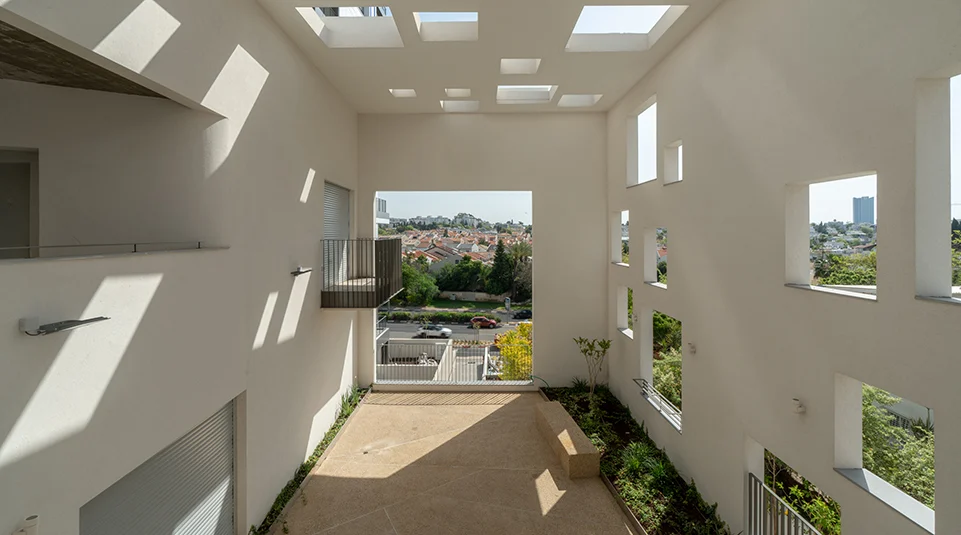
What is the main idea and mission of the Open House as an international project and Israel project in particular?
The mission is to create a platform for architectural excellence and to foster a direct connection between the professional community and the public. It’s about learning, inspiration, networking, and also about hearing feedback — what users think, what works for them or not. The event is free, and that’s a key value. The community — architects, designers, the city — does something for the people, and the people in turn get to understand architecture better. It’s educational and also builds trust between the public and the municipality.
Open House is an international project. When did Israel join the project and what was the main reason for it?
The first Open House in Tel Aviv took place in 2007. My husband, who is an architect and me started it here after visiting NYC. We traveled to New York, saw a similar event there, and came back deeply inspired.
Then we decided to do something similar in Israel, starting small with 69 projects by our architect friends:private homes, public buildings and excursions. And unexpectedly thousands of people came! There was even a funny moment — the day after the event, a well-known architect messaged me asking why she hadn’t been invited to such a wonderful gathering. I was honestly surprised! I hadn’t reached out because I didn’t want to bother her. I promised she’d be the first on the list next time. It became clear that the interest was huge, and the event started growing year by year. Today the Open House takes place in houses in Tel Aviv-Yafo, Jerusalem and Haifa.
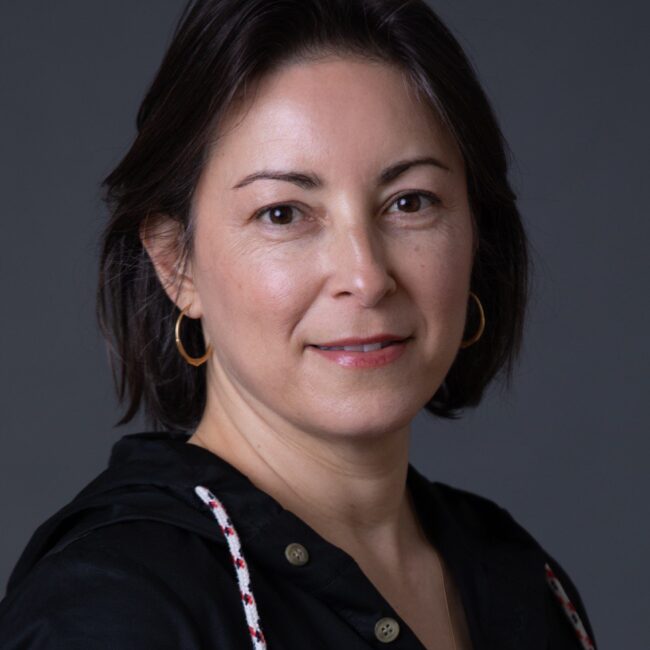
Who can submit a project and what are the requirements? What are your criteria for choosing the spaces/projects?
Anyone can submit a project — architects, designers, even non-professionals. Submissions usually come through open calls or personal contacts. The selection process is curated. The team looks for inspiring projects with added value — in design, historical context, restoration, or cultural relevance. It’s not just about aesthetics, but about stories and meaning.
What categories does Open House include? Are there any unique categories in Israel?
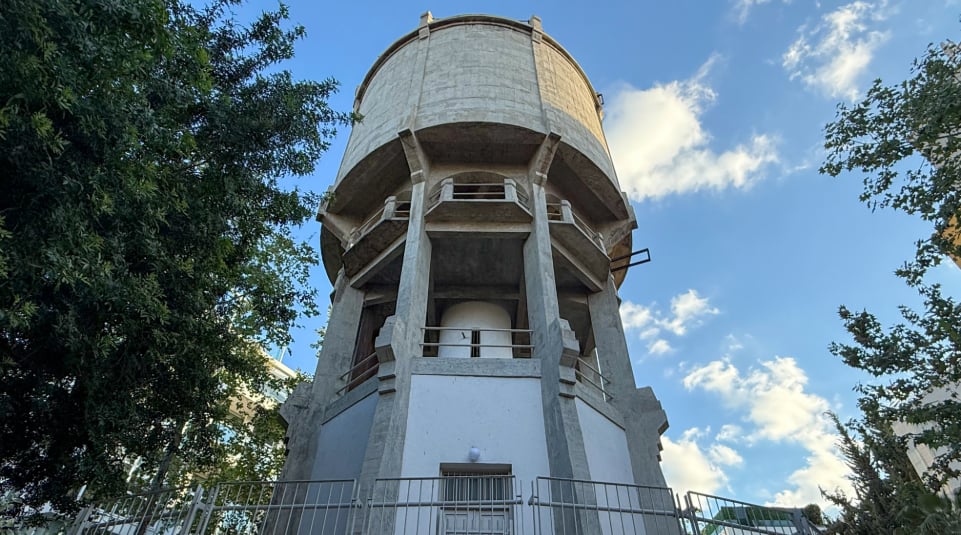
There is a wide range:
– private homes,
– public buildings,
– parks,
– religious sites,
– infrastructure,
– ecological projects,
– even hidden places like old water towers or converted garbage dumps.
Every city has its own unique flavor. In Tel Aviv, for example, there’s a very high percentage of private homes and apartments, which is unusual and gives the event a very personal, vibrant character.
Why do non-professionals (owners of the houses/apartments, etc.) want to participate and open their private spaces to the public? What does the participation give them?
Many homeowners are connected to their architects or designers — they’re friends, family, or they’ve developed a strong relationship during the design process. Opening their home feels like a celebration of that journey. Some want to support their architect, others just feel proud of their space and want to share. The reactions are always positive. People come in, get inspired, share compliments, and often say, “Wow, maybe I can do something like this at home.” It’s emotional and rewarding.
Do you remember any unusual stories that happened or unique projects that participated in Open House during the years?
Oh, there are so many! Each year brings something unexpected, but a few stories really stand out. One of the most memorable was the underground tunnel beneath Sarona. It was opened to the public for the very first time during Open House — even before its official launch. Until then, hardly anyone knew it existed. It was more of a rumor, almost an urban legend whispered among locals. That moment of discovery was magical. Today, it’s a regular tour site, but back then, it felt like uncovering a hidden chapter of the city’s history.
Another unforgettable moment happened in Jerusalem when we opened a historic leprosy clinic — a site that had been completely closed off and hidden from public view for decades. It was almost like an urban myth -people saw it from the outside for years but had no idea what was inside. The response was incredible; visitors were fascinated to step into a space they’d always wondered about. That place carried so much history, and when it was finally accessible, thousands of people showed up. The level of public interest was overwhelming, and it reminded us how architecture holds stories that people really want to connect with.
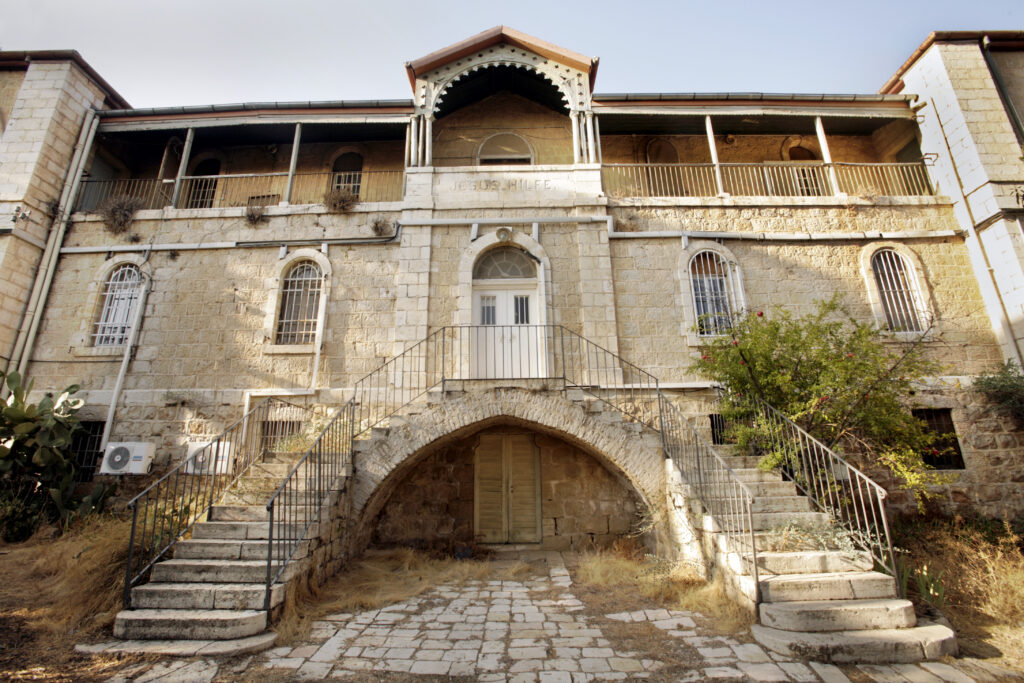
Are there any unusual projects this year?
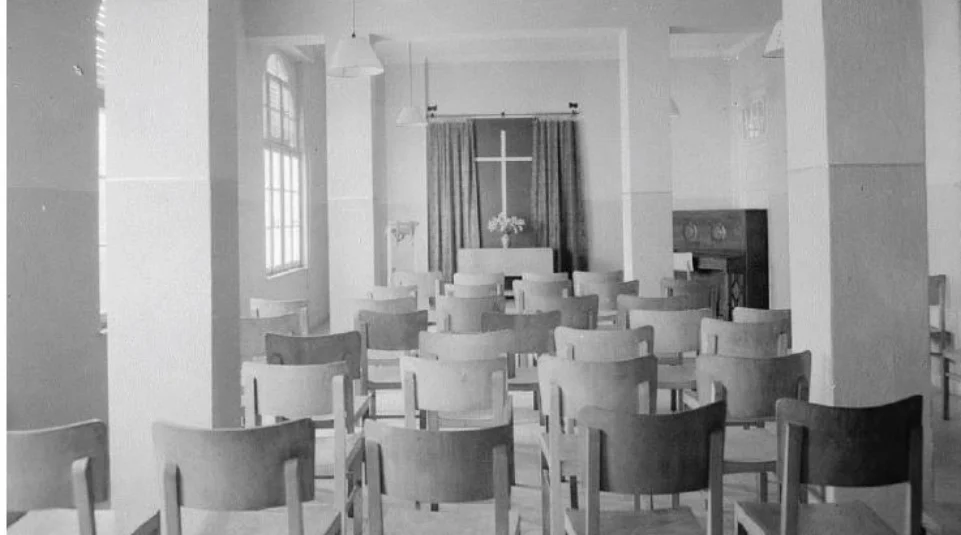
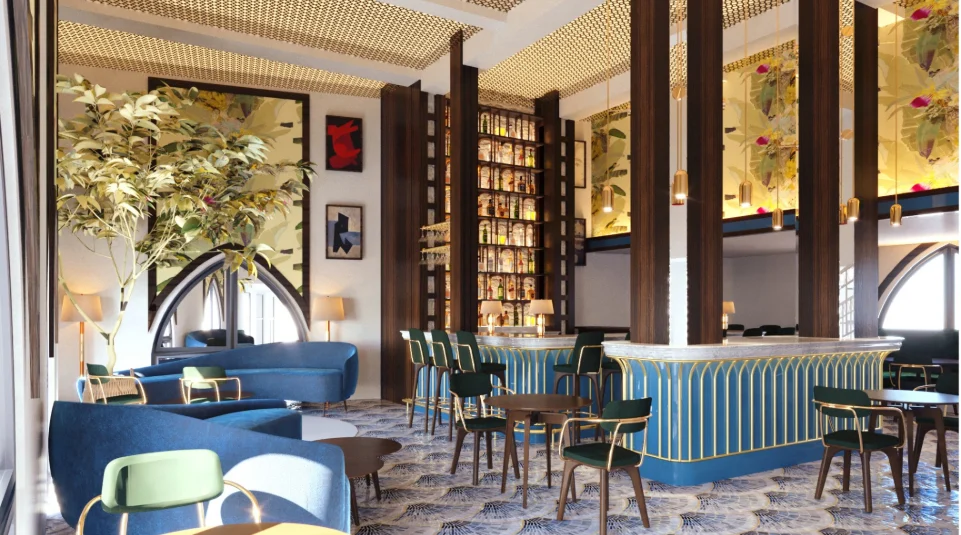
Yes, several. One is the “Water Tower” building on Maza Street that had been closed for 70 years — now reopened after renovation. Another is the Palatin Hotel — one of the oldest in Tel Aviv — which is still under renovation by Yoav Messer Architects but open for guided tours. There’s also a green building in Noga that has just finished preservation. And an amazing apartment in Jaffa – the Palace House called Beit Odem, with a unique history and design.
Are there any special war-related spaces or projects in this year’s program?
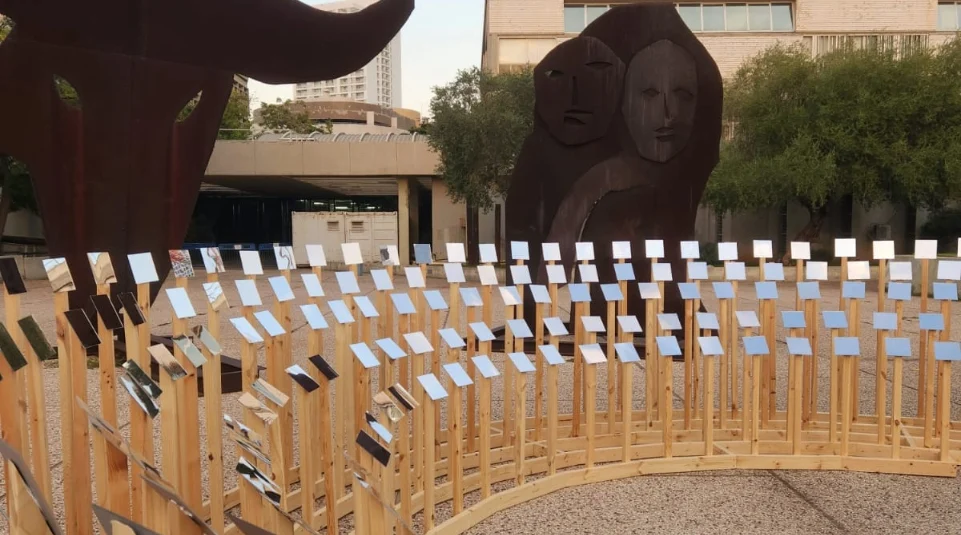
Yes, this year there are several meaningful projects connected to the war. One of the most touching is the participation of the Kibbutz Re’im community, located near the Gaza border. After October 7th, they had to evacuate, and the Tel Aviv Municipality provided them with housing in Herzl Street, including preserved buildings that they turned into a community center and kindergarten. Last year, they weren’t ready to participate—it was too early and everything felt too fragile. But this year, they approached us themselves and said, “We want to share this story.” So we’re hosting two events with them: a guided tour through the campus and a talk inside one of the houses, where they’ll share their experience.
Another powerful addition is an exhibition by a young architect Omer Itah, who lost his brother during the war, called “Space.” He turned his final project into something deeply personal and conceptual, centered around the Hebrew word “halal”, which means both “space” and ” emptiness.” The exhibition explores the emotional and architectural meaning of places touched by trauma, from the kibbutz his brother defended to the hospital where he passed. For him, these spaces now hold new, layered meanings.
There’s also a public lecture from Yoav David, City Architect of Tel Aviv-Jafo, titled “Struggle, Resistance, and Memory”, reflecting on the use of public space during the ongoing conflict—how city squares like Kaplan, where protests and memorials now take place, have transformed into living civic spaces with deep emotional and political relevance.
These events bring another layer of meaning to this year’s Open House, connecting architecture to memory, resilience, and community healing.
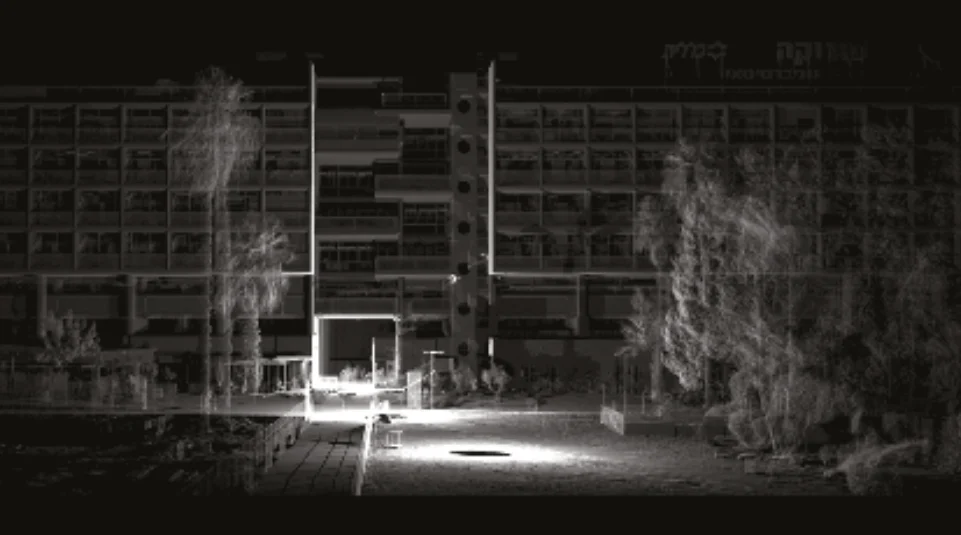
Could you give your personal recommendations on what spaces to visit this year or even share your personal route that you would like to undertake?
I always tell people to go to the website and pick their favorites. Build your own route based on location and type — Friday in the north, Saturday in the center, etc. Some people even create Excel spreadsheets with exact times, bus numbers, walking distances — it becomes a full-on strategy! You can see 10 to 15 places a day if you plan well. I saw people, who visited about 60!
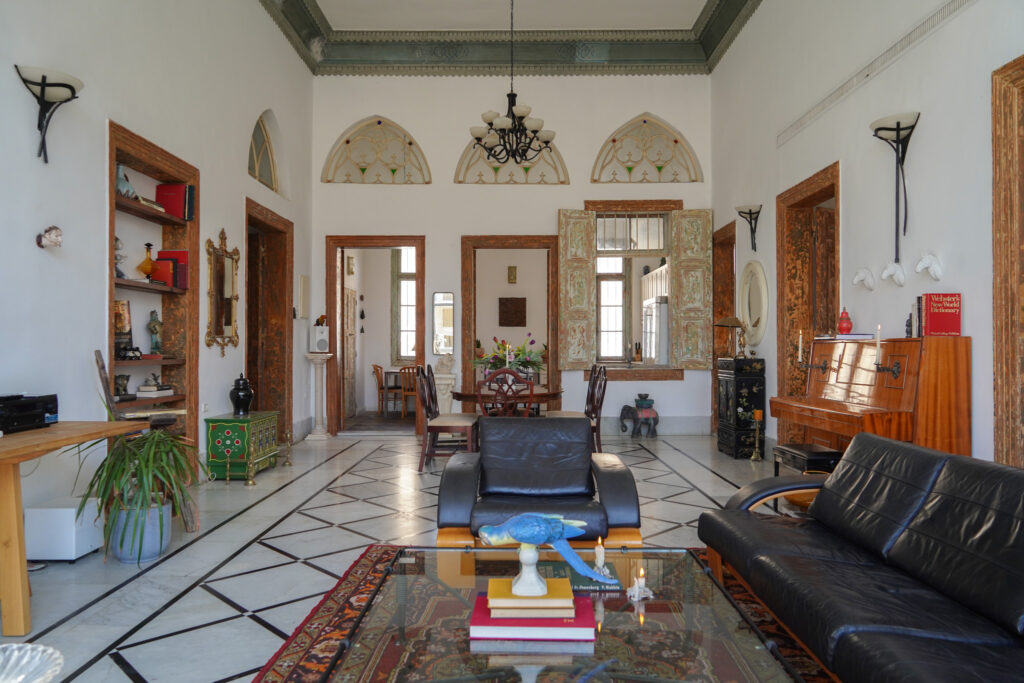
Each year lots of people visit the Open Houses, tickets disappear the night they appear on sale. What main goal do you think the project achieves?
It opens architecture to the public — literally and figuratively. People understand their environment better, learn how cities work, and start appreciating design. It also reduces hostility toward city planning — people see the big picture, the challenges, the vision. The event creates trust and connection that is so important these days in particular.
Interview by Nadia Kraginskii and Olga Goldina for DI CATALOGUE
The photos are taken from the Open House festival website with the permission of the festival organizers
Open House in Tel Aviv https://www.batim-il.org/
More information about Open House events around the globe can be found at https://www.openhouseworldwide.org/